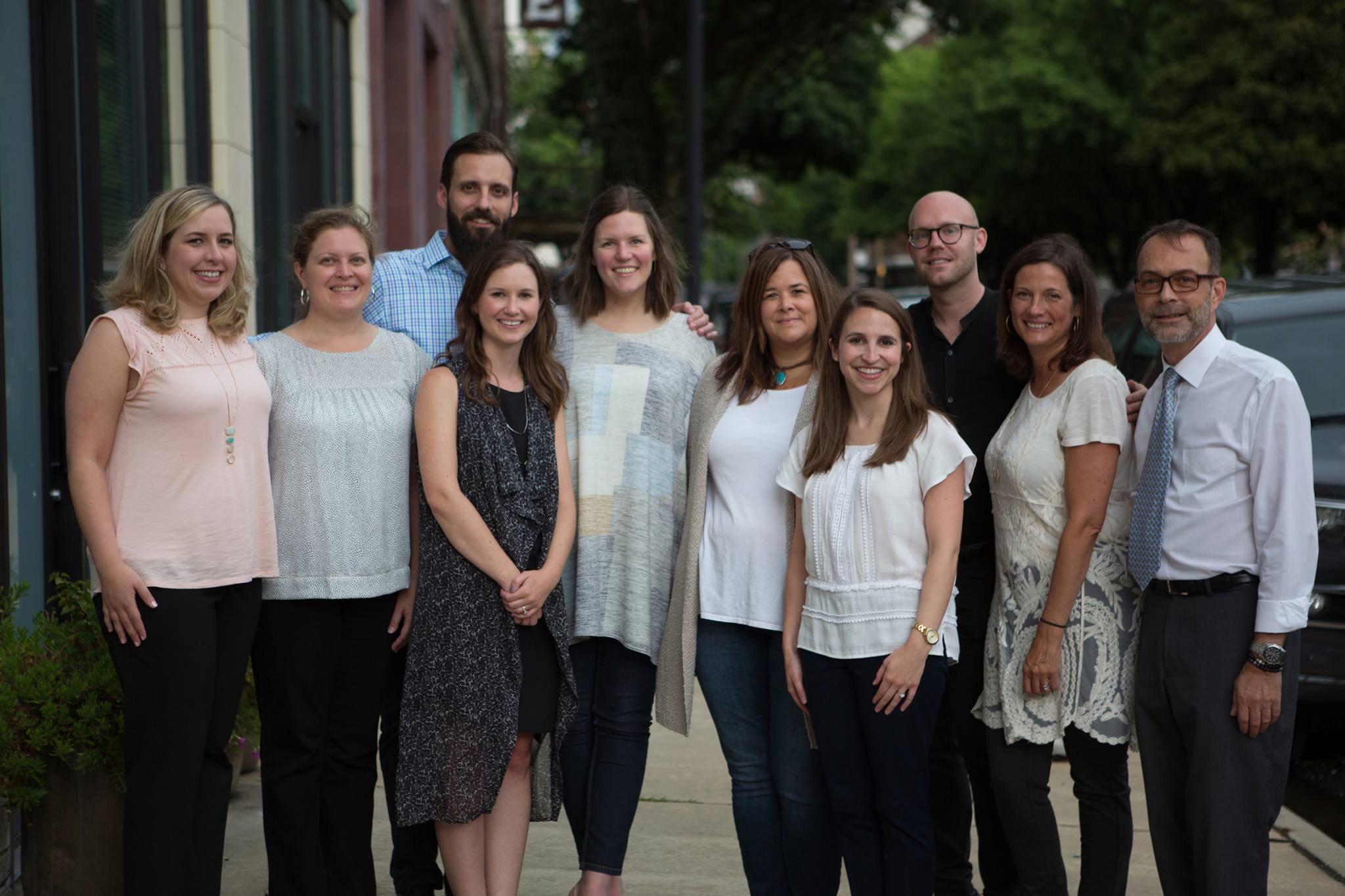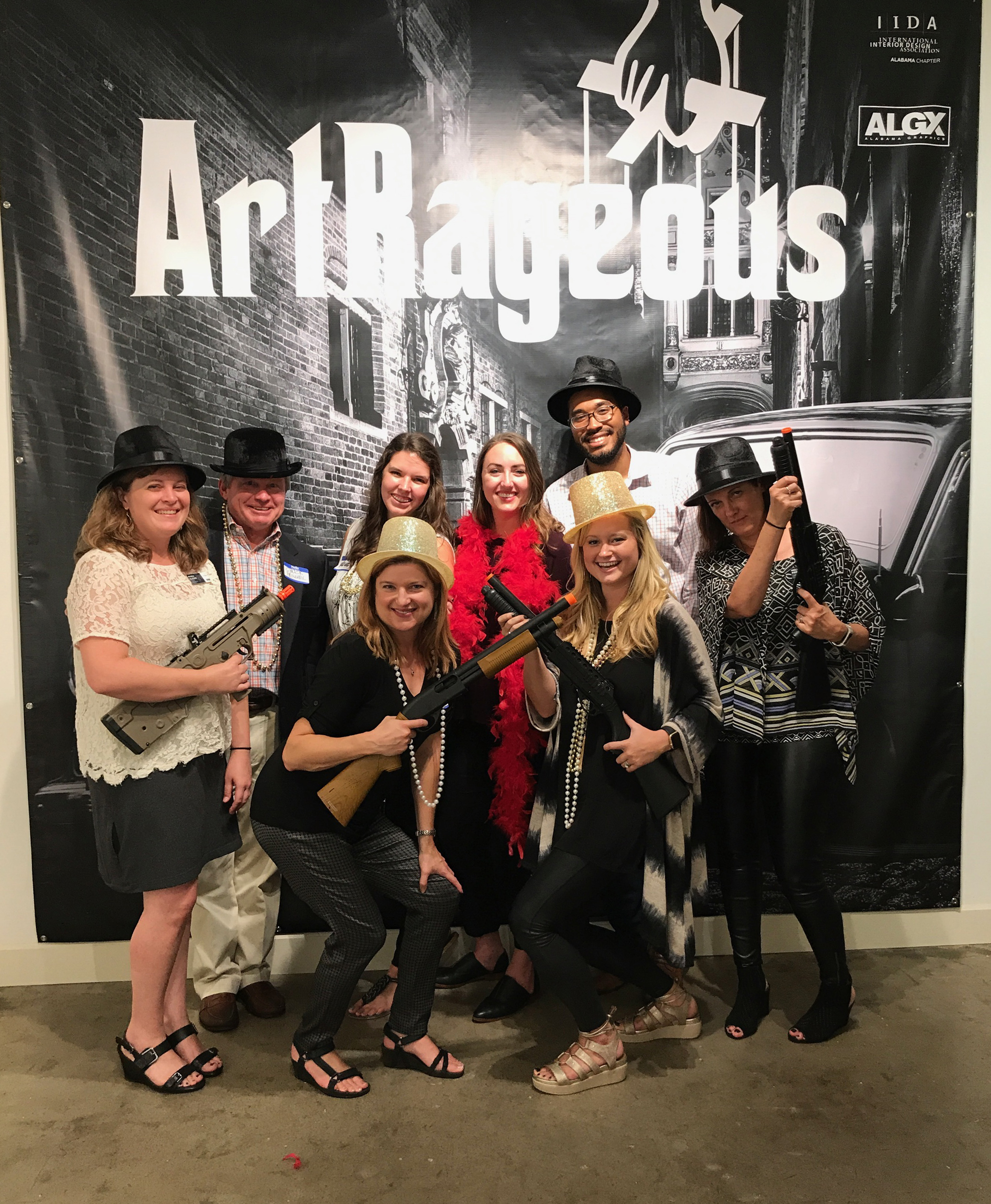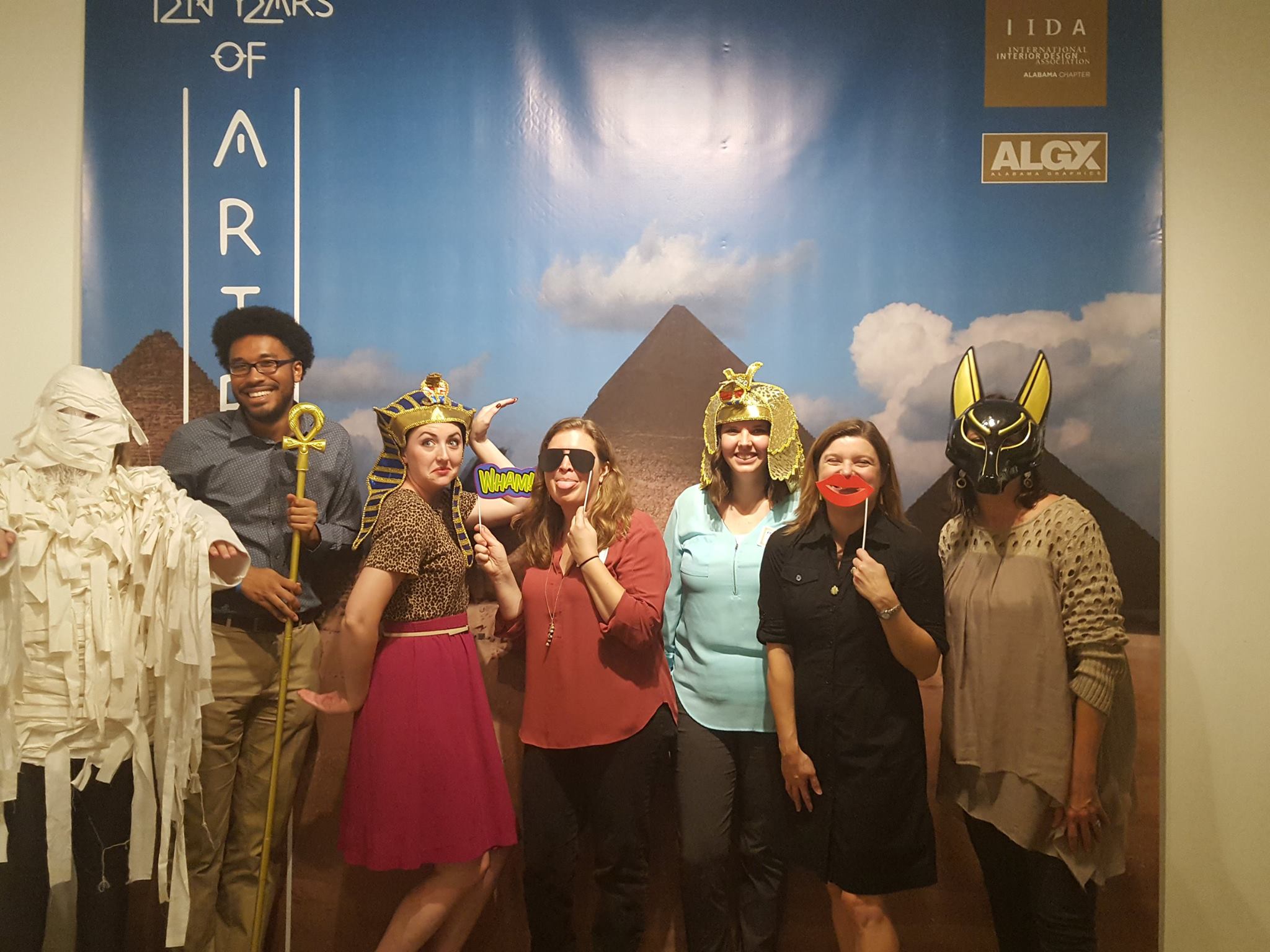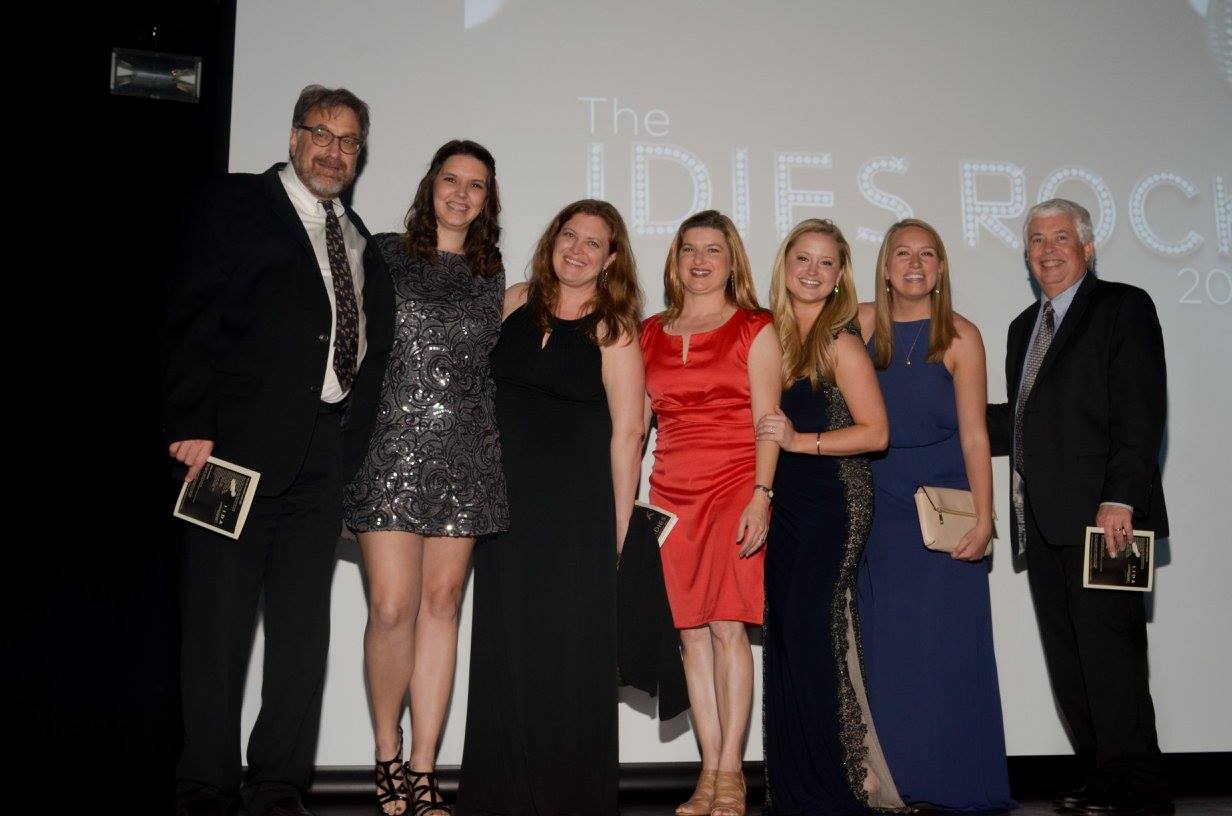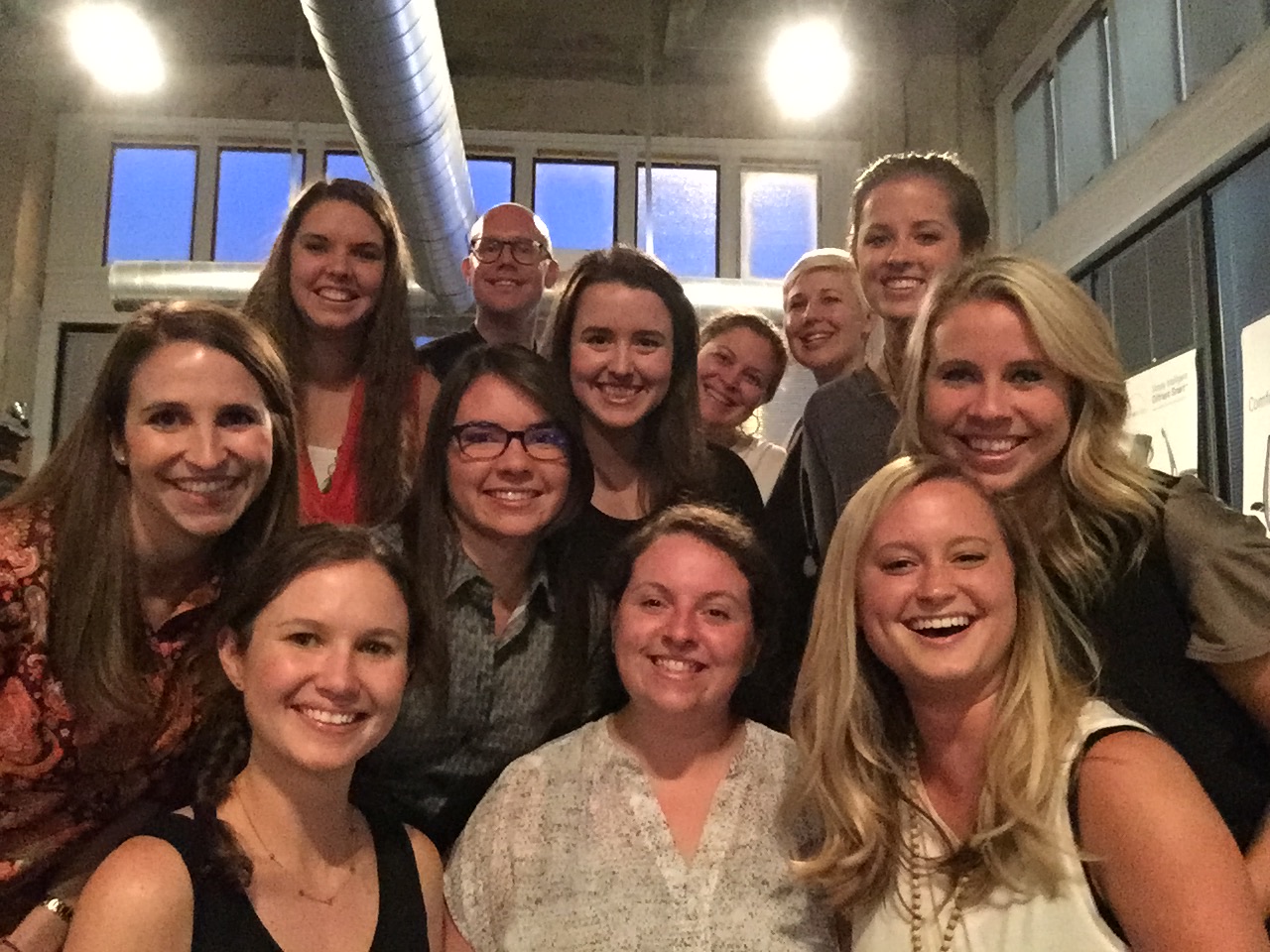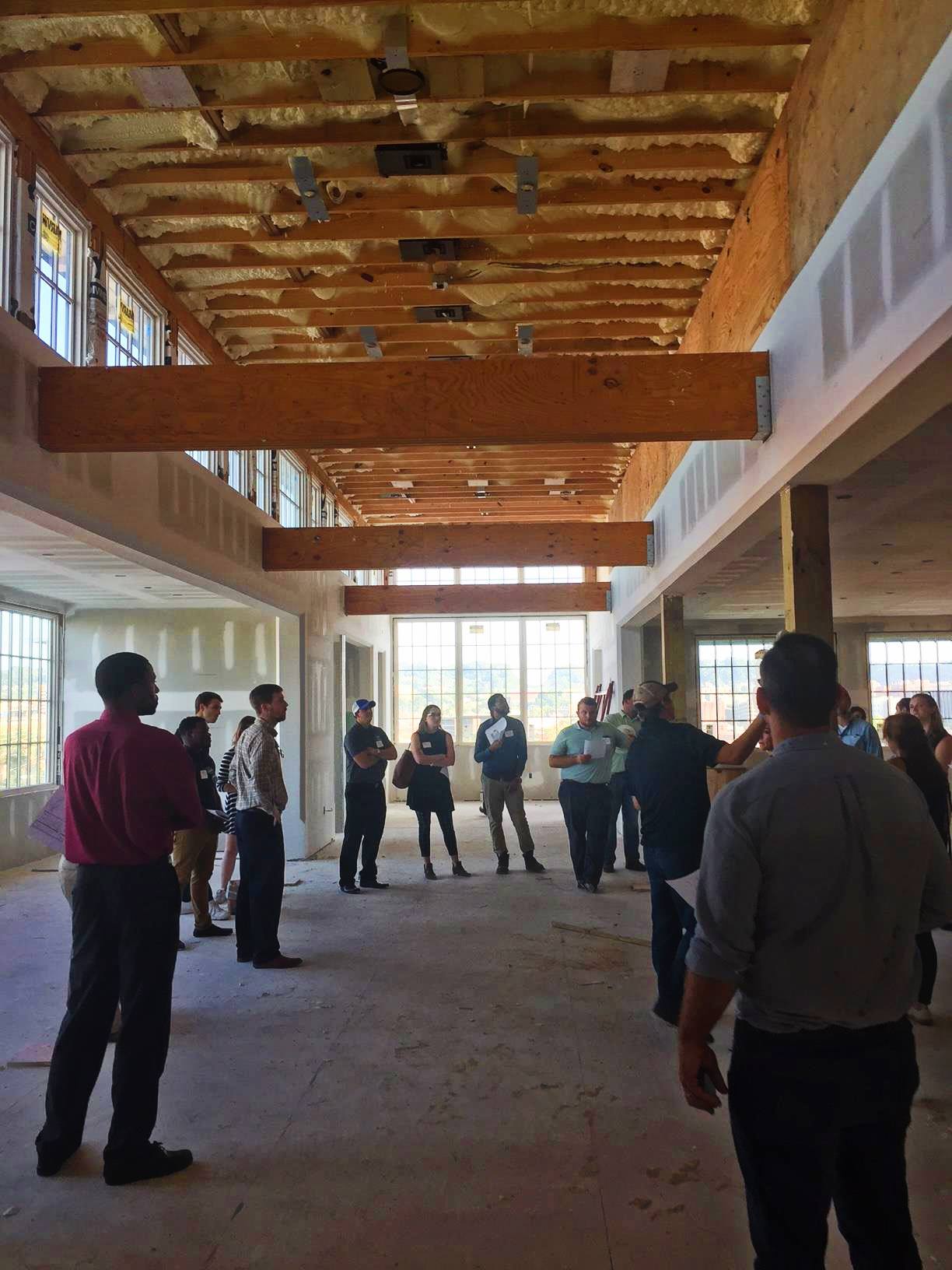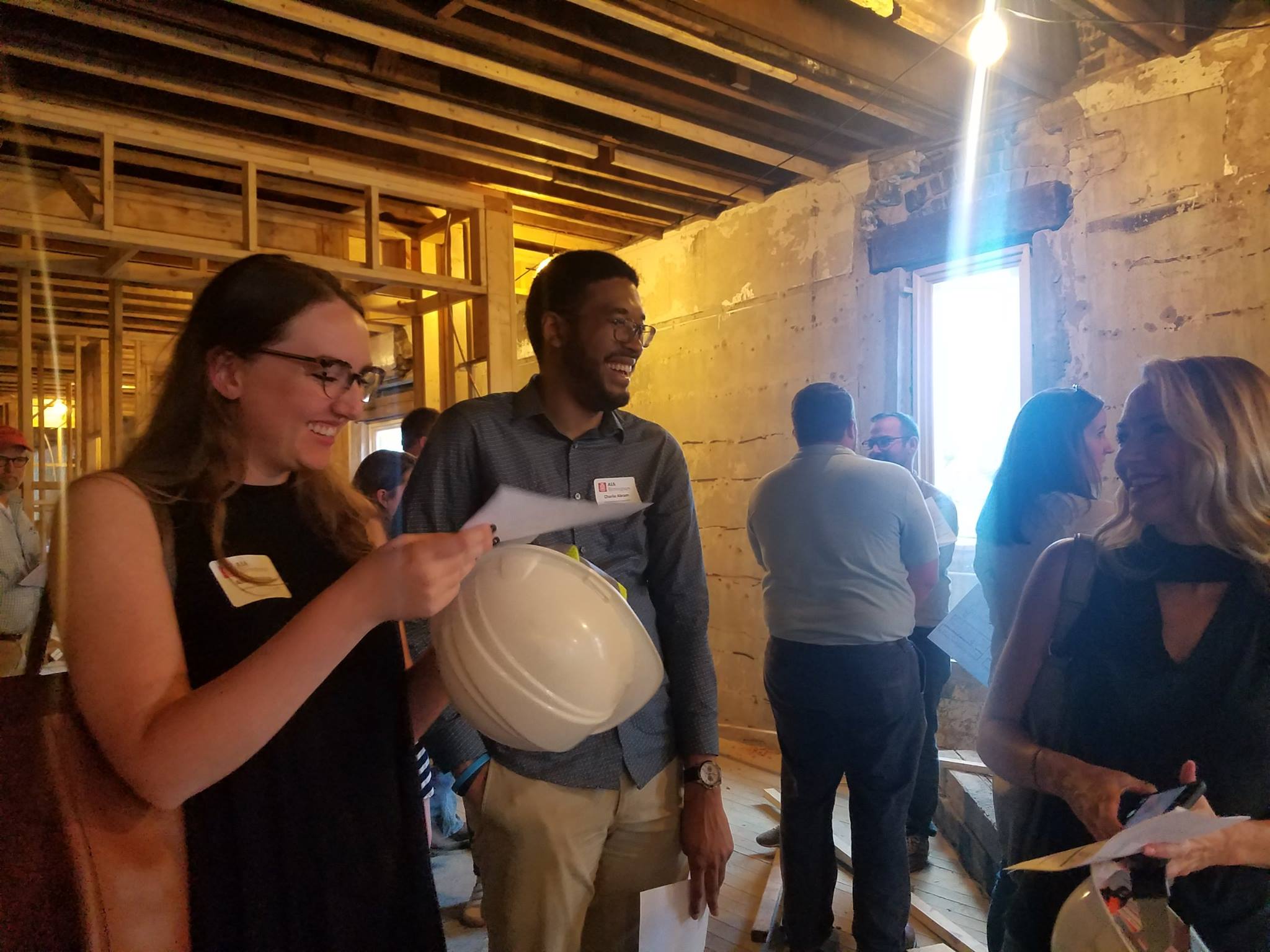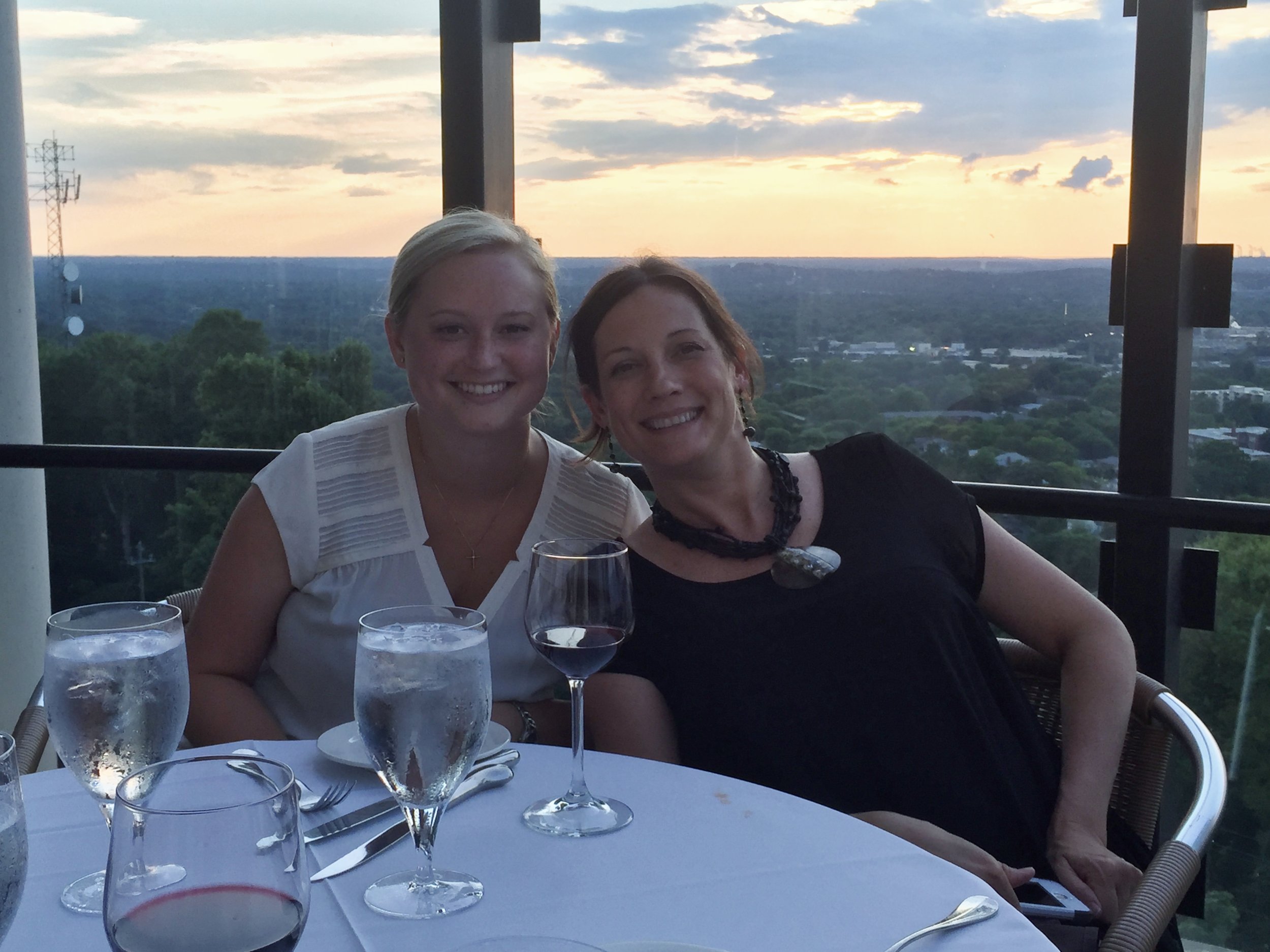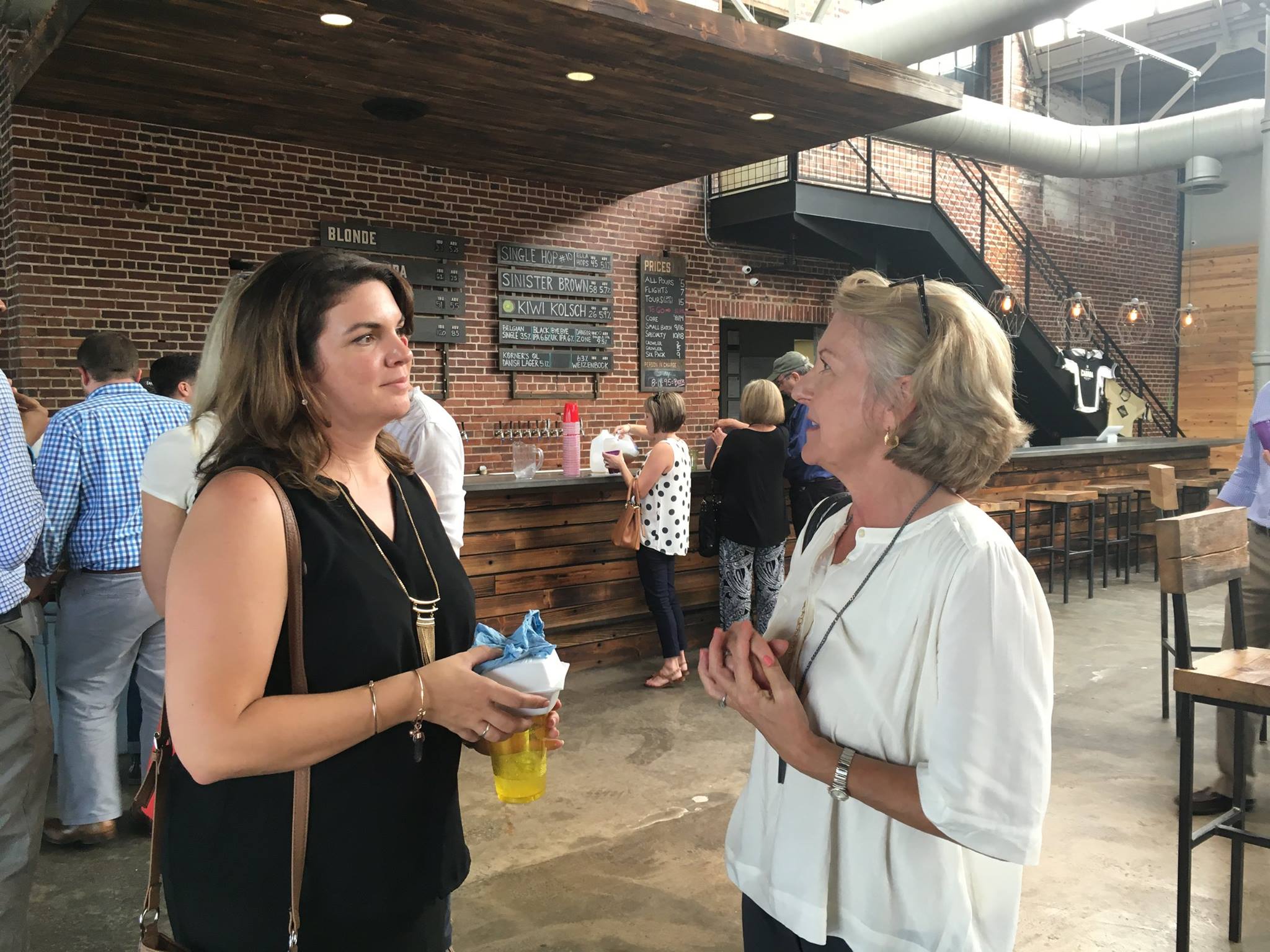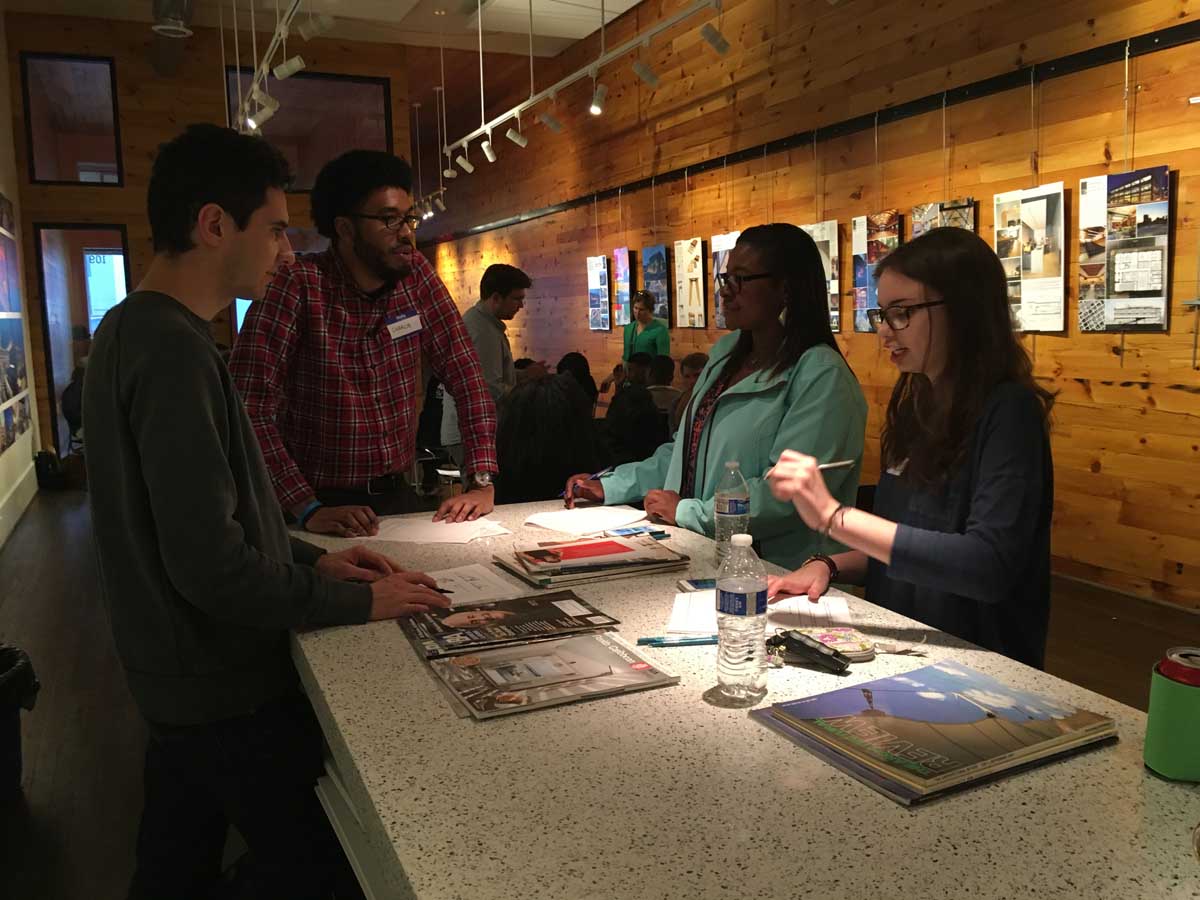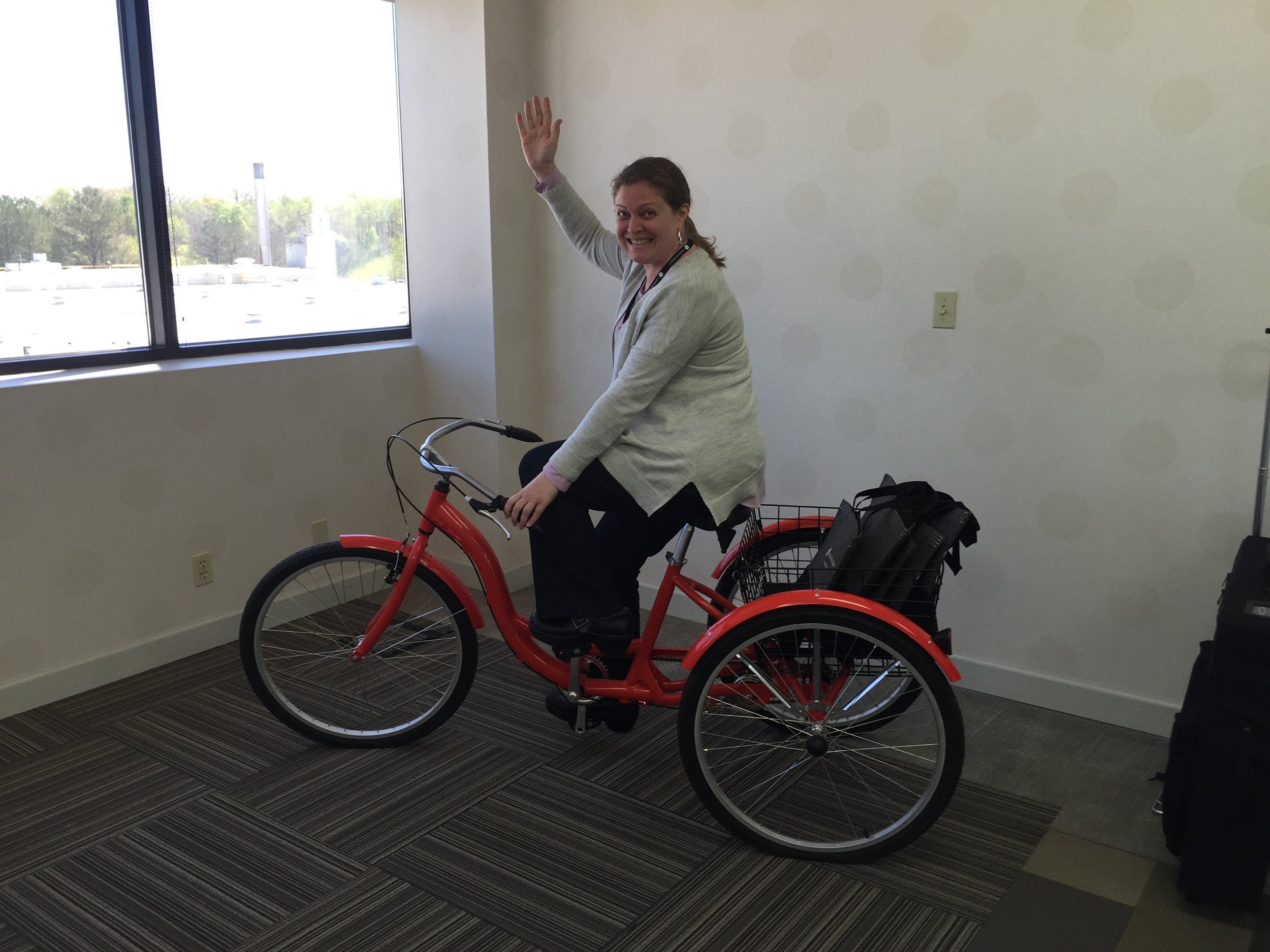Not only do these generations bring distinct skills and attributes to the workplace, but they also expect different things out of it.
In an effort to accommodate the changing workforce, the physical office is evolving too. For years, a traditionalist-dominated workforce shaped a task-focused environment of perimeter offices and seas of cubicles. As younger generations inherited these spaces, they struggled to marry their needs with the constraints of their physical environment.
Today, some research shows that the legacy of the cramped cubicle office farms can lead to poor environments, a higher sick rate, higher employee turnover, and lower employee satisfaction. Conversely, a contemporary office plan with less partitions and boundaries appears to not only ideally foster a community culture and creativity but also potentially saves money on square footage. These more open offices have statistically lead to higher employee satisfaction, more productivity, and less sick days. Employees and employers alike seem to appreciate the contemporary office because of the innate desire we all share to have a defined company culture, and to experience a sense of team/family.
Glass walls at conference rooms and offices provide the acoustic privacy that Boomers require while encouraging the transparency and engagement that Millennials expect. Versatile workstations accommodate a variety of tasks and a multiplicity of requirements that those respective tasks have for noise control, privacy, and levels of collaboration. As technology evolves, workers of all ages have the capability and flexibility to work from desks, collaborative areas, conference rooms, cafeterias, office lawns, or home.
As a firm, we have been involved in projects that research and re-imagine corporate spaces like these and what we have found to be true is that, interestingly enough, not all Baby Boomers favor closed environments, and not all Millennials prefer the open concept. For that reason, we should design spaces based on activity of groups rather than sweeping generalizations about age-based preferences. Additionally, designing different spaces for different activities allows users to choose their environment based on preference as well as activity.
Having studied this inter-generational dynamic over the past several months, we were curious to see how our own office compared. We devised a survey for all the members of the BPA family that aimed to capture the different preferences and values of our generations. We found that for some categories, our office fit in tidily with the trending data and typical generational definitions. However, we found some unexpected discoveries as well. At the end of this article we’ve included some graphics that will help give you a succinct picture of our data.
One of the more interesting discoveries we made about the value of the physical environment was that Boomers ranked technology as a higher priority than both Gen X and Millennials. We theorized that younger generations take technology for granted, or consider it an expected staple and this assumption could have subconsciously placed technology underneath other values for the Gen X-ers and Millennials.
When it comes to what we appreciate in an employer, Millennials value “work-life balance” almost two times as much as Boomers, and GenX-ers actually valued the balance well over twice as much as Boomers. This coincides with the characteristic of the GenXers to be the most family-oriented of the generations. A value that showed a slight increase with age was “work variation.” Boomers appreciated having variation in their work more than twice as much as Millennials and Gen X-ers. Some values decreased with age such as “employee influence on direction of firm.” Boomers ranked that value lower than Generation X or Millennials did. Perhaps because with age, that opportunity is proportionately more attainable. Overall, collaboration was the highest ranked priority among both Generation X and the Millennials and still ranked relatively high by Boomers. Pair that with the fact that “flexibility to work remotely” was prioritized pretty low by all generations in the office and it turns out that, at BPA, we seem to like who we work with!
There are ways employers can be intentional about integrating multiple generations in an office and bridging the gap of skills and preferences. As one of our Principals, Chuck Penuel points out, “Without any doubt, the evolution of computers and the capacity of digital technology has had significant impact on all professional design services and the process of constructing the built environment.” Instead of running from the chasm that is this generational gap, we’ve striven to create a culture that avoids blanket considerations and instead leverages each employee’s unique skills and assets. Chuck continues to share that
“Our approach at BPA has been one of leading, listening and learning from each other and building teams of complimentary, rather than identical, skills and capabilities. Critical in this equation is creating ownership among each member of the BPA team in the future direction of the Firm, from our social media profile to project design input.”
Overall, we see that a multi-generational workplace is a rich palate of distinct skills, preferences, talents, values, and strengths. Older co-workers bring priceless experience - often having been working professionals for more than the lifetime of their younger coworkers - strong, lasting relationships, industry expertise and institutional knowledge. While our younger co-workers bring fresh ideas, stimulating energy, technological proficiency, adaptability and an earnest enthusiasm. The most effective way for us to work side-by-side is to not just simply cohabitate but to coalesce our strengths, skills and assets into a symbiotic mix that leads to the growth and betterment of all. This synthesis of our skill sets, along with a mutual respect for one another and understanding that all employees bring value to the table will produce a healthy, vibrant and successful work environment. Ultimately, we recognize that when we look to the next desk over, we see someone who is equipped with a set of assets and experiences that is altogether different from us, but who unquestionably makes a necessary and unique contribution to our firm, regardless of age.


